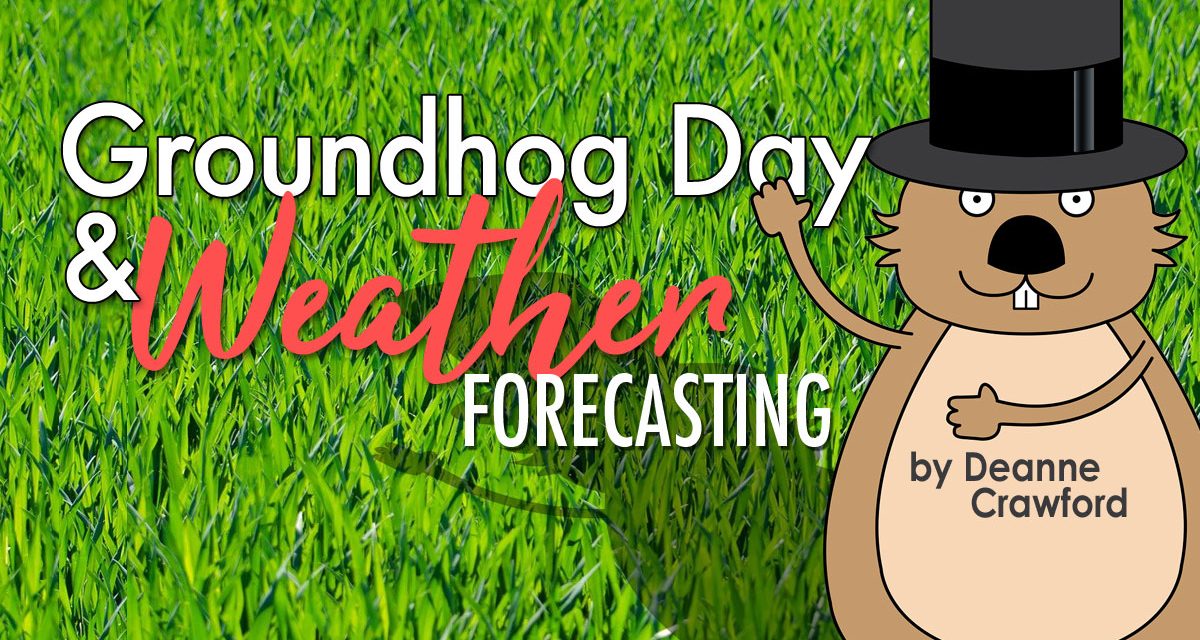February 2nd is considered one of the most popular winter non-holidays. If you are from the Midwest or the Northeast, you may know Punxsutawney Phil as a beloved predictor of weather and seasons. According to This Day in History, the first official rodent forecast in Punxsutawney Pennsylvania occurred in 1887. Remarkably, journal entries have been found as far back as 1840 that reference Pennsylvania Dutch folklore of observing animal behavior on Candlemas. Candlemas was celebrated between the Winter Solstice and Spring Equinox. Legend is that clergy would bless candles to distribute and bring cheer during the dark days of winter. As the legend grew, parishioners paid close attention to the weather as a predictor of the end of the winter solstice.
“For as the sun shines on Candlemas Day,
So far will the snow swirl until May.
For as the snow blows on Candlemas Day,
So far will the sun shine before May.”
Or so goes an old German saying. Although the Scottish summarized it well with this pithy proverb:
“If Candlemas Day is bright and clear,
There’ll be two winters in the year.”
Television and the internet are all abuzz with news of Punxsutawney Phil this week, which makes this a wonderful teaching opportunity. Introduce your children to the history of Groundhog Day at Ducksters Education site. The most well-known celebration occurs in Pennsylvania. Ask your children to locate Pennsylvania on a map or globe and Punxsutawney on a PA state map. Additional events are held across the United States (and Canada). With your children, check the internet for a local groundhog event and make plans to attend. If this is not an option, Punxsutawney Phil’s adventures will be live streamed on the internet. Less commonly known groundhogs include Gertie in Illinois (our local celebrity), Buckeye Chuck in Ohio, and General Beauregard Lee in Georgia. Warmer climates have their own beloved animal forecasters including Bee Cave Bob, the quirky Texas Armadillo and Mojave Max, the southern Nevada desert tortoise.
This is a fun time to explore weather forecasting with your children. Begin by asking them if animals can foretell weather changes. While personal experiences may vary, scientists believe animals are more sensitive to environmental changes although they do not have a sixth sense to reliably predict weather. Read more about the research at How Stuff Works. What about Punxsutawney Phil? With his large following, one would think his weather predictions are accurate. Surprisingly, Phil’s rate is less than 40% according to How Stuff Works.
Weather forecasting is a beautiful mix of science, mathematical equations and practical experience. Easy Science for Kids explains the process well, especially at the elementary level. If you have junior high or high school students, check out these detailed lessons at Satellite Meteorology.
Whether you are a skeptic or a believer, Punxsutawney Phil’s annual prediction is an American tradition. If you and your children enjoyed this mini-study and want to learn more, check out the teacher page on Punxsutawney Phil’s website or Groundhog Day for the Classroom. Regardless of the prediction made this Friday, you can celebrate the day with learning! ~ Deanne





